Last Updated on August 8, 2023
In 1991, the original crew of the U.S.S. Enterprise signed off – literally – with Star Trek VI: The Undiscovered Country earning critical acclaim and the biggest box office for the franchise since The Wrath of Khan. With Star Trek – The Next Generation ending its successful seven-season run, the time was right to give the new crew the reigns to their big-screen franchise. But, all involved were wary of making what would be seen as just an extended episode. Thus the bold move was made to work in none other than James T. Kirk, who – gasp – would die in the movie’s climax, passing the torch to Patrick Stewart’s Jean-Luc Picard. That’s right; it’s time to tackle Star Trek Generations!
To shepherd the Next Generation’s move to the big screen, Paramount Pictures decided to give the reigns to the feature film over to Next Generation producer Rick Berman, who would enlist two of his best writers, Ronald D. Moore and Brannon Braga, to develop the screenplay. Director David Carson, who had helmed one of TNG’s best episodes, Yesterday’s Enterprise, was hired to direct. One has to give the studio credit for allowing the tv gang to craft their own movie, as none of them had much feature experience. However, many of the Next Generation’s episodes were considered near feature-quality, and the budget would be small – only $25 million, which was a fraction of what most big movies cost at the time.
To help make the Next Generation gang seem feature-worthy, an ace movie cinematographer, John A Alonzo, who had shot Chinatown and Scarface, was hired, and the sets and models used to showcase the Enterprise-D would be overhauled. I.L.M. would sign on to do the F.X., including some CGI. There had also been a plan to overhaul the uniforms to give them a bit of a big-screen polish, but in the end, this was abandoned, although some uniforms from Deep Space Nine were used as they looked better on the big screen. Jonathan Frakes and Levar Burton borrowed theirs from Avery Brooks and Colm Meany, who were roughly the same build.
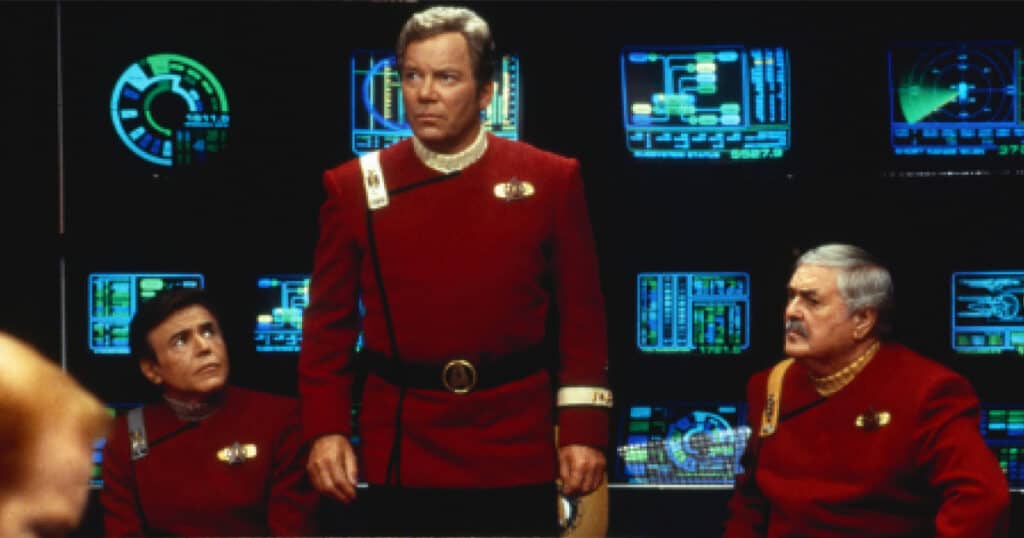
So how did William Shatner end up in the movie? Well, here’s the thing – originally, Kirk, Spock and McCoy were all supposed to be in it. In the final film, you’ll notice that Kirk is joined by James Doohan’s Scotty and Walter Koenig’s Chekov on the maiden voyage of the Enterprise-B, where Kirk has his presumably fatal accident. It was supposed to be Spock and McCoy, with Leonard Nimoy turning down the role because it was too minor, while DeForest Kelly, who was in declining health, couldn’t get insured. If you watch the movie, this is painfully obvious with Chekov, for some reason, taking over sickbay despite not being a doctor. It was supposed to be McCoy, and they just didn’t bother rewriting it.
Scott, Chekov and even Kirk originally had more screen time, with an opening sequence involving Kirk doing a daredevil skydive was axed at the last minute. This sequence was present in both the novelization and comic book adaptation, and, having read both before I saw the movie, I was confused over why this bit didn’t end up in the film.
To give the film a big-screen vibe, the cast was kicked up a notch. Whoopi Goldberg, who had shocked the industry by signing on to do the show around the same time she won an Oscar (due to her love of Trek), returned as Guinan, with a more significant role than usual. Malcolm McDowell, a cult icon thanks to A Clockwork Orange, Blue Thunder, Time After Time and many other movies, secured a comeback role starring as the movie’s bad guy, Soran.
So how does the film fare? It’s a mixed bag. Many over the years have said that it feels like a two-part episode, and that’s pretty accurate. Paramount was hedging its bets by keeping the film small, although the budget eventually climbed to a still reasonable $35 million. But it’s also a better movie than some give it credit for. The story is pretty good, with Kirk apparently dying heroically while trying to save Enterprise-B, which is being commanded by the inexperienced Connor Roy—- er — I mean John Harriman, played by Alan Ruck. The opening has some nice moments, with Sulu’s daughter at the helm. This was supposed to be Sulu himself, by the way, but George Takei didn’t want his character demoted, as he had been a captain in Star Trek VI. The villain, Soran, is very sympathetic, with him bent on recreating an energy ribbon called The Nexus, which transports people to an idyllic paradise where their dreams come true. He wants to enter the Nexus so he can be with his family, although he’s willing to kill millions to achieve this.
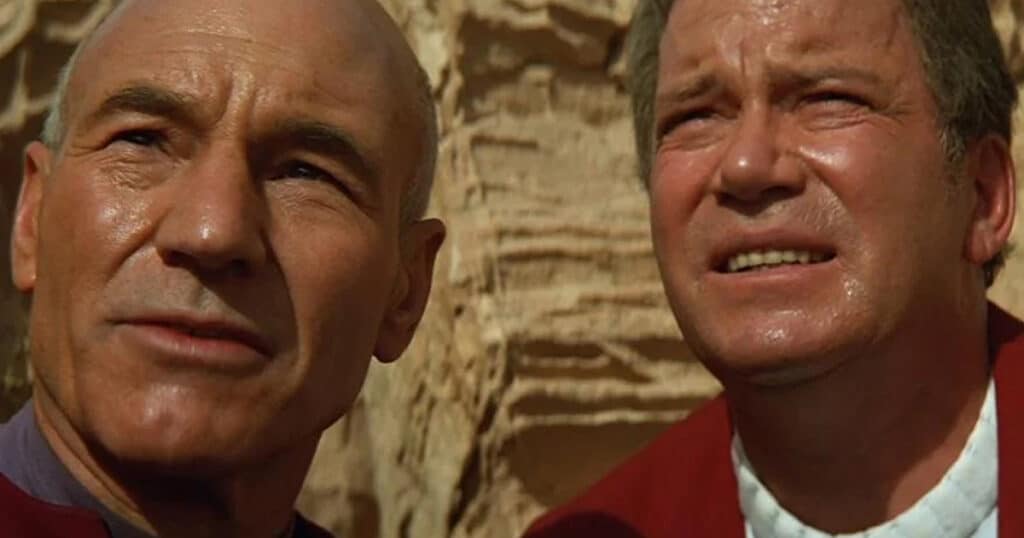
This puts him on a collision course with Picard, who is reeling from a personal tragedy, with his brother and nephew having been killed in a fire. This is bittersweet, given how the brothers reconnected in the famous episode Family. He ends up being sucked into the Nexus after failing to stop Soran, only to discover that a version of Guinan lives in the Nexus, who helps him discover that Captain Kirk actually didn’t die in Enterprise B but was sucked into the Nexus. While it takes some convincing, he reasons with Kirk, explaining that their idyll shouldn’t come at the cost of millions of lives, and Kirk helps him stop Soran, dying in the process.
So why do people not generally like this movie? There are a few reasons. For one, it’s paced like a two-part episode, with an A-story, headed by Picard, and a B-story, which takes place on Enterprise D and involves the crew tangling with the memorable Klingon villainesses from the show, Lursa and B’Etor. This involves the movie’s biggest special effect, the separation of the Enterprise’s saucer section, leading to a redesign in time for the next big screen trek movie. A lot of the movie is underbaked, but even in the B-story, there’s some great stuff, with Brent Spiner getting a nice turn as Data, who’s driven half crazy by a new emotion chip that quickly gets out of whack.
One thing worth noting is that the Kick and Picard match-up is not one for the ages. The fact is, neither man compliments the other. They have their own style, and if anything, the movie goes out of its way to serve Kirk, who’s the alpha-male hero, despite his age, who sacrifices himself to save the day. Picard comes off as brainy and- dare I say it – wimpy. In the next film, First Contact, Picard would be turned into an action hero, having him take on the Borg in a much tougher performance that, admittedly, fared better with folks that saw these movies in theatres.
In the end, Star Trek Generations, contrary to what some fans may think, was a pretty big financial success, grossing $75 million domestically, just about the same as Star Trek VI, and it made more internationally, convincing Paramount to pump more resources into Star Trek: First Contact. One thing that might have hampered the film is that the same people who worked on the show worked on the film. They literally only had days off between the wrap of The Next Generation’s run and starting work on the movie, so no wonder it felt like an episode. For what it is, it’s not a bad start to The Next Generation’s big screen journeys. Sad to say, with the exception of First Contact, it would wind up being a highlight of the Next Generation crew’s adventures on the big screen.




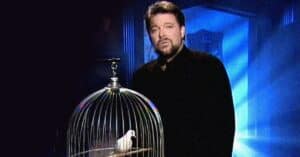
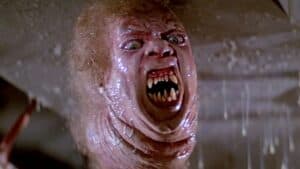
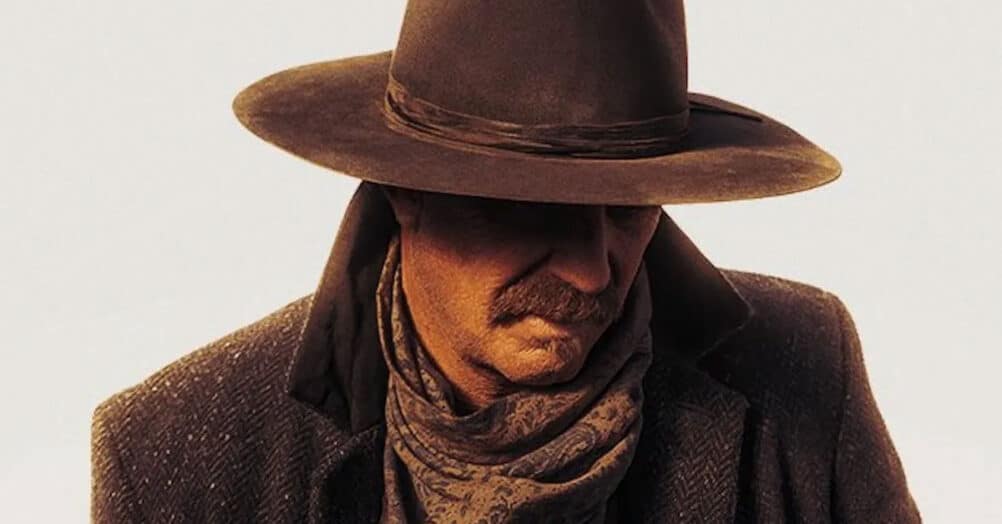
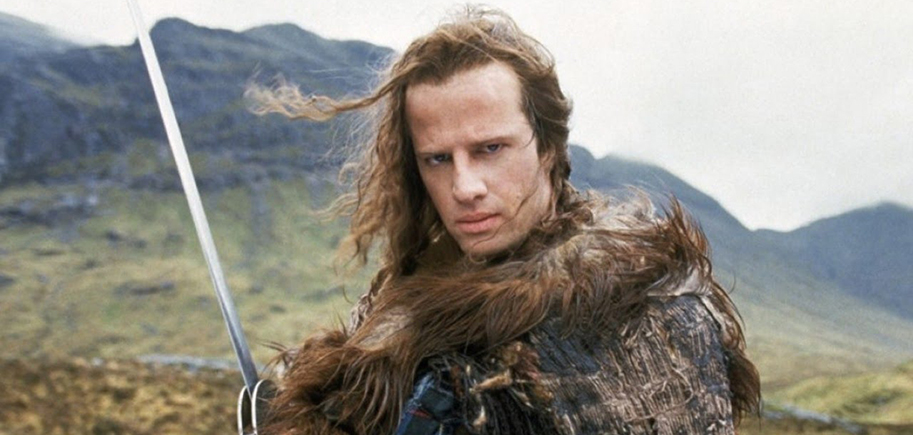
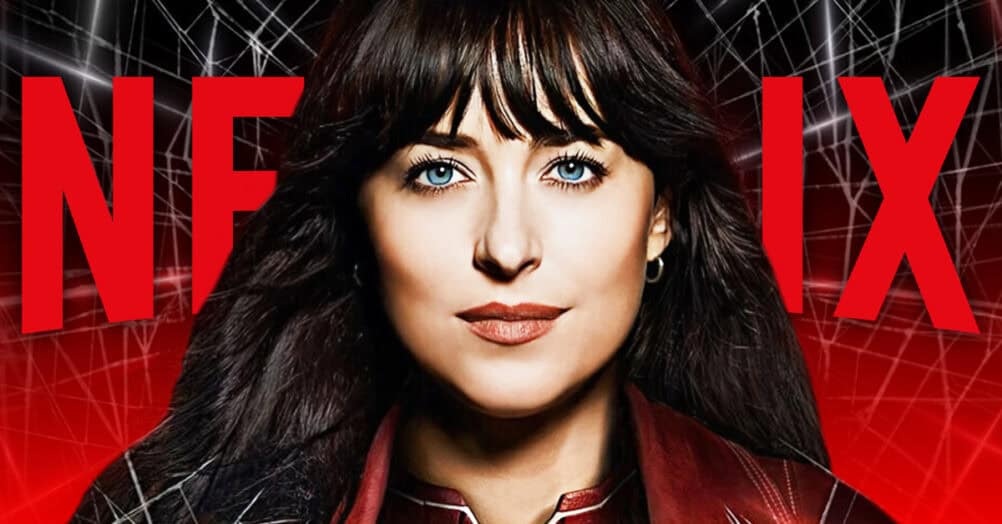
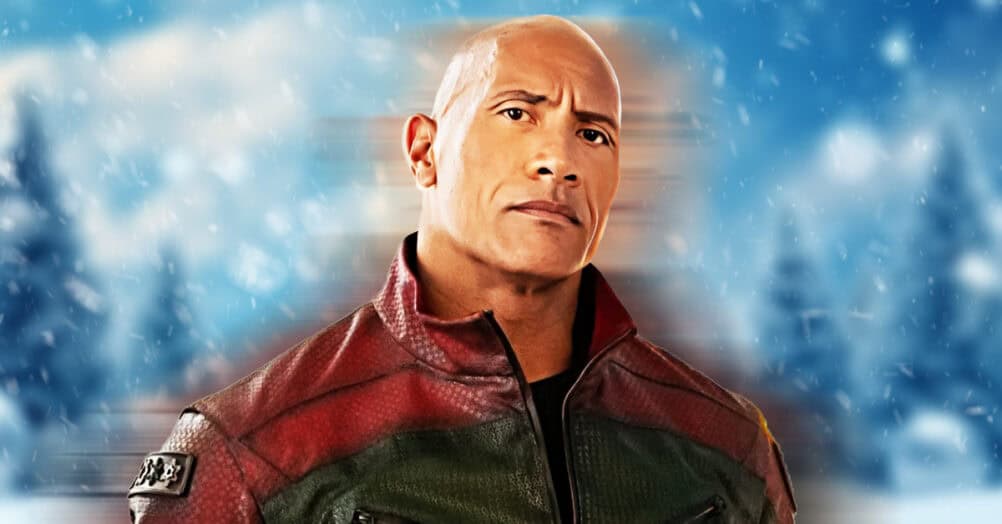
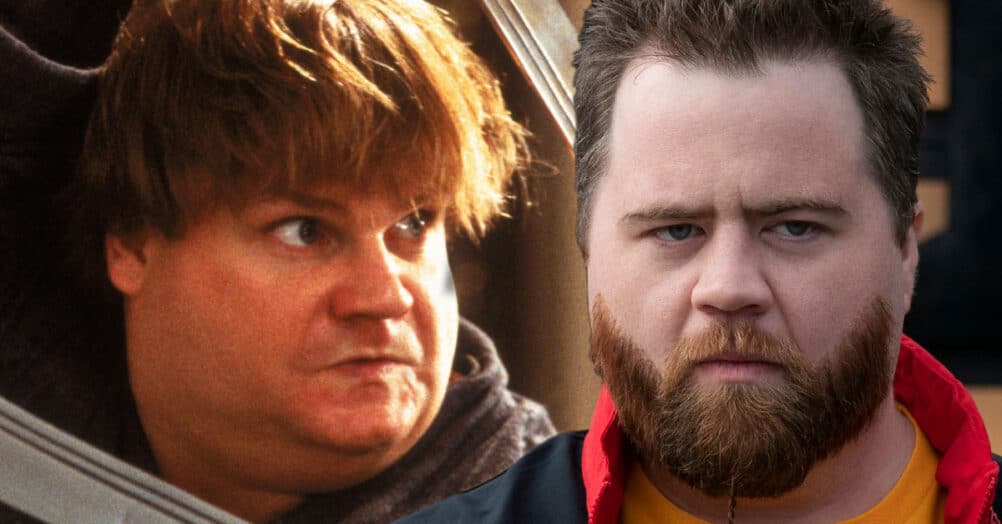

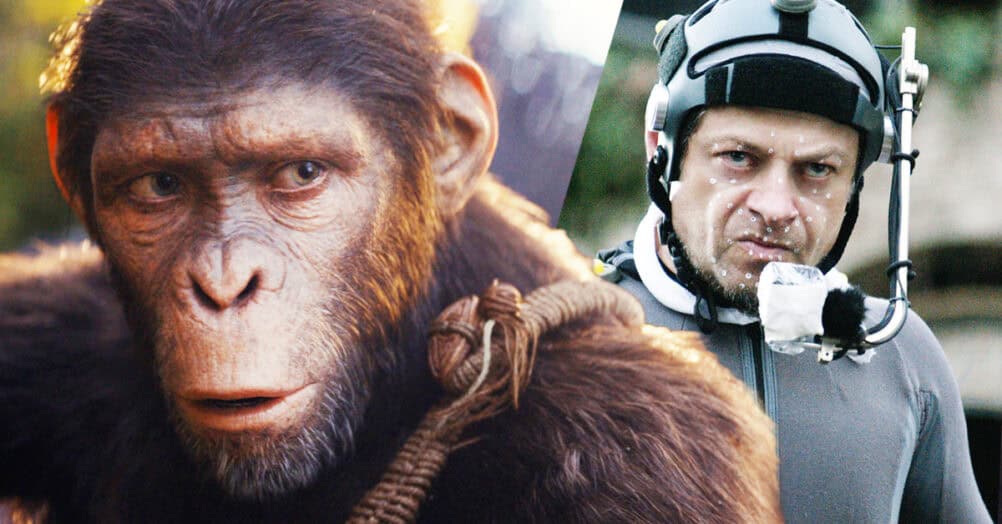
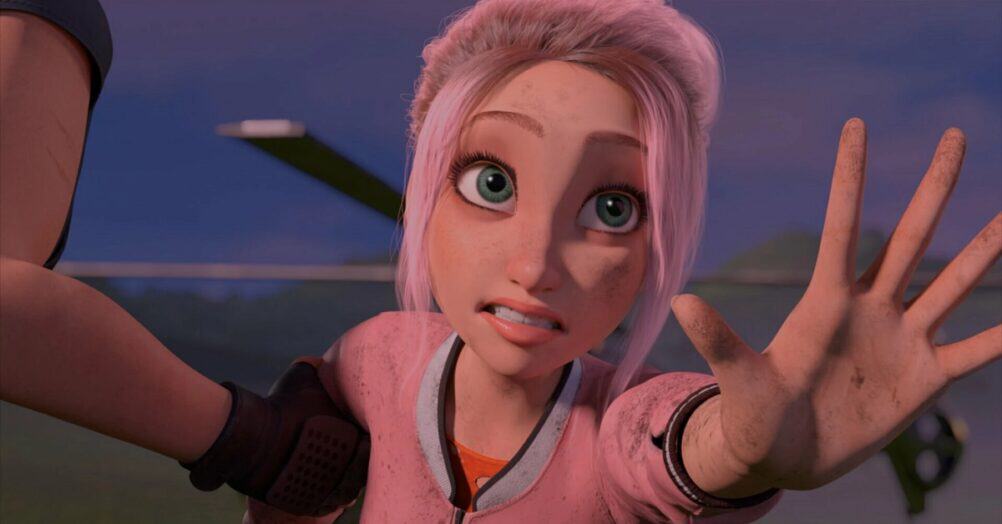

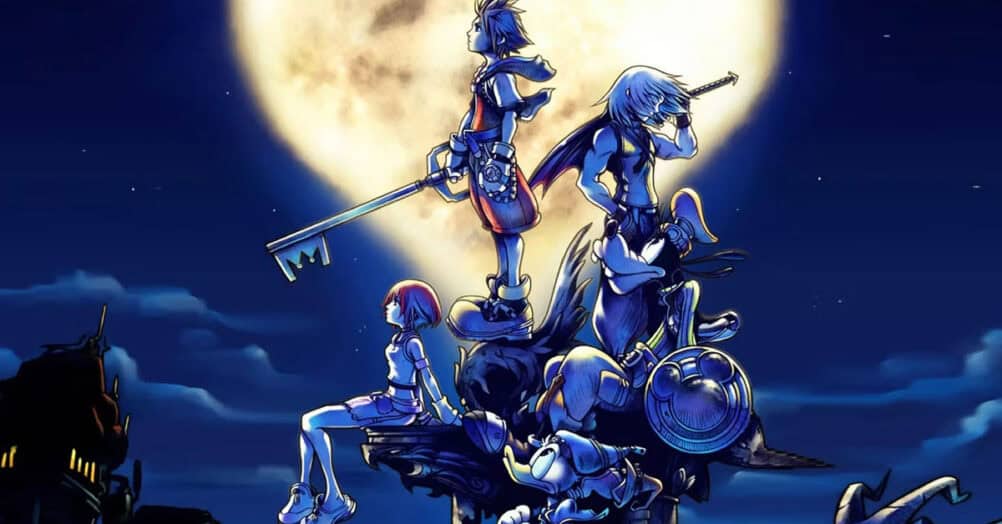
Follow the JOBLO MOVIE NETWORK
Follow us on YOUTUBE
Follow ARROW IN THE HEAD
Follow AITH on YOUTUBE